 |
|
||||||
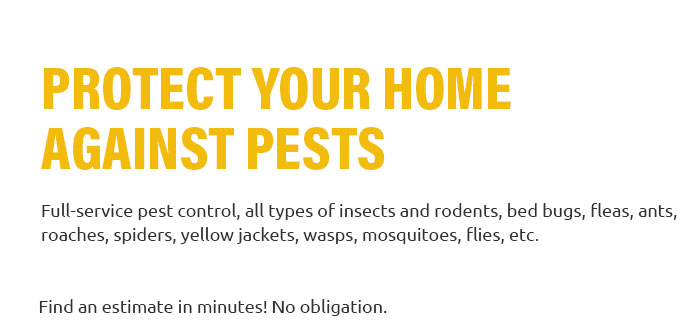 |
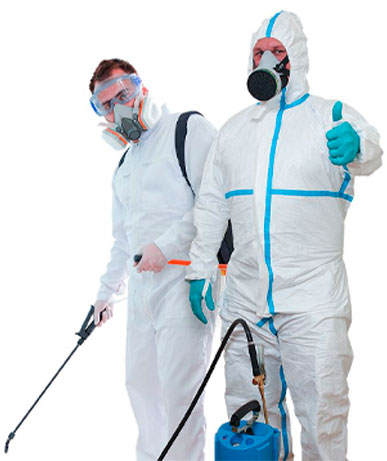 |
 |
 |
 |
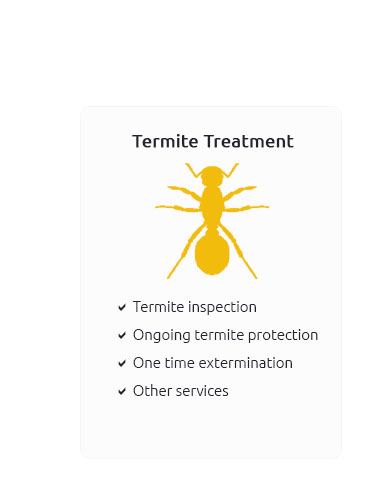 |
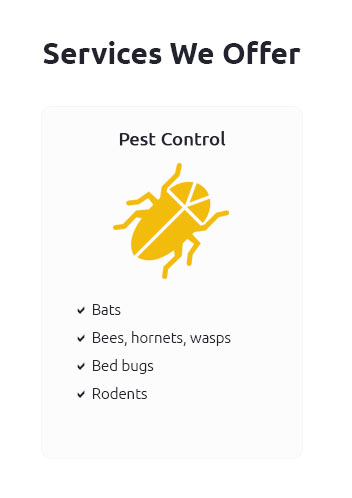 |
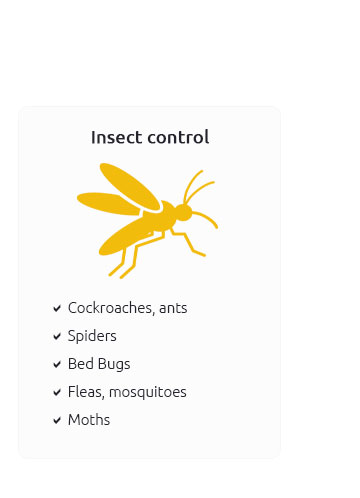 |
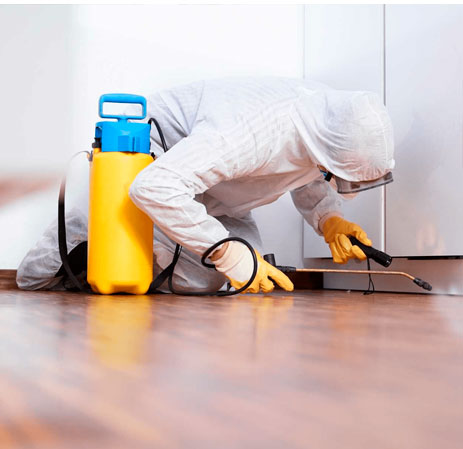 |
 |
 |
 |
 |
|
59dn7ybrjvs Say goodbye to restless nights and reclaim your peace of mind with our cutting-edge pest control service featuring the most effective bed bug treatment on the market-backed by science and trusted by homeowners nationwide, our innovative approach not only eradicates bed bugs swiftly but ensures they never return, thanks to our eco-friendly, child-safe solutions that penetrate deep into every corner of your home, providing an unparalleled defense against these persistent invaders; don't let bed bugs disrupt your life any longer-choose the experts who prioritize your safety and comfort, transforming your home into a fortress of tranquility where you can sleep soundly knowing you're protected by the best in the business.
https://www.ohiogotbugs.com/heat-vs-chemical-treatment-for-bed-bugs/
Heat treatment is a great option. It's fast, discreet and can reach infestation areas that are hard to reach with chemicals. You will need a prevention strategy ... https://www.reddit.com/r/Bedbugs/comments/11tdg9m/which_spray_is_safe_kills_bed_bugs_on_contact_and/
Cimexa powder or Tempo 1% dust I had much better results with when I used it. I had the best results with these chemical sprays. Professional ... https://www.masterspublichealth.net/top-3-most-effective-bed-bug-treatments/
These pests are very resilient to many types of pesticides, and they are also able to reproduce rapidly and with very little effort.
|



